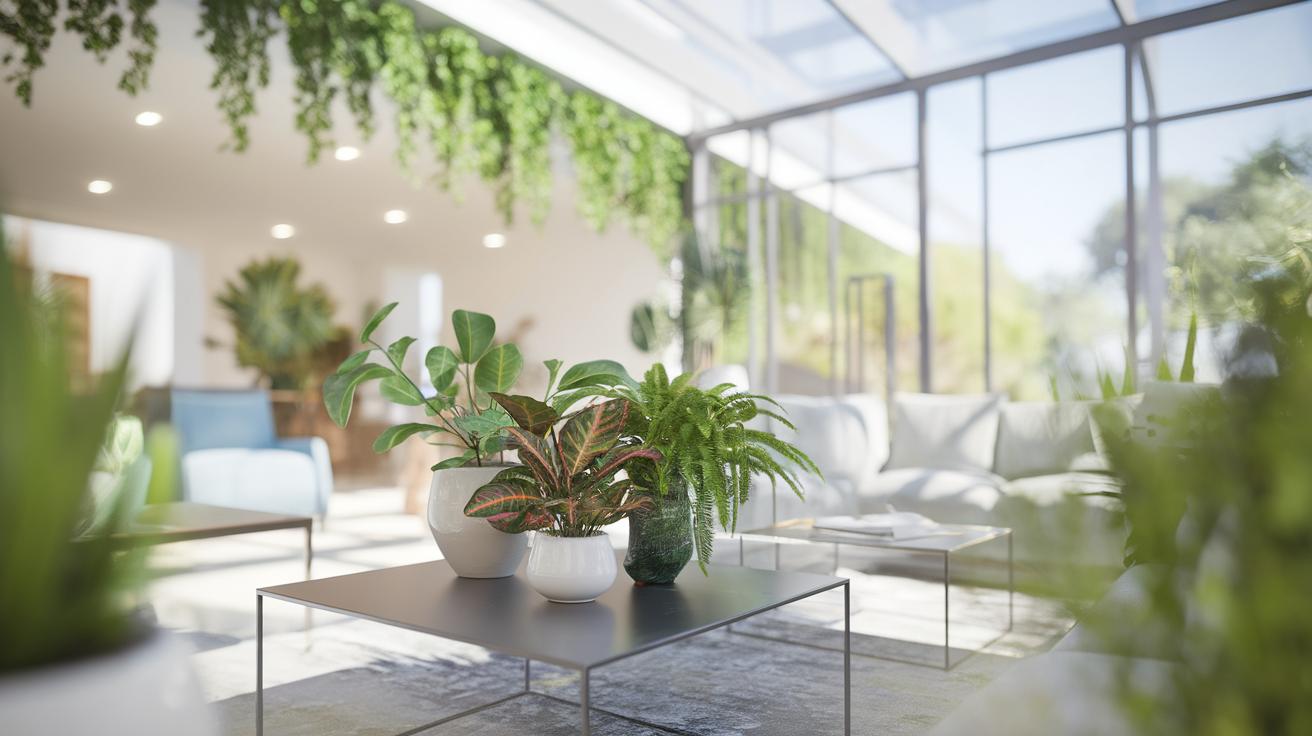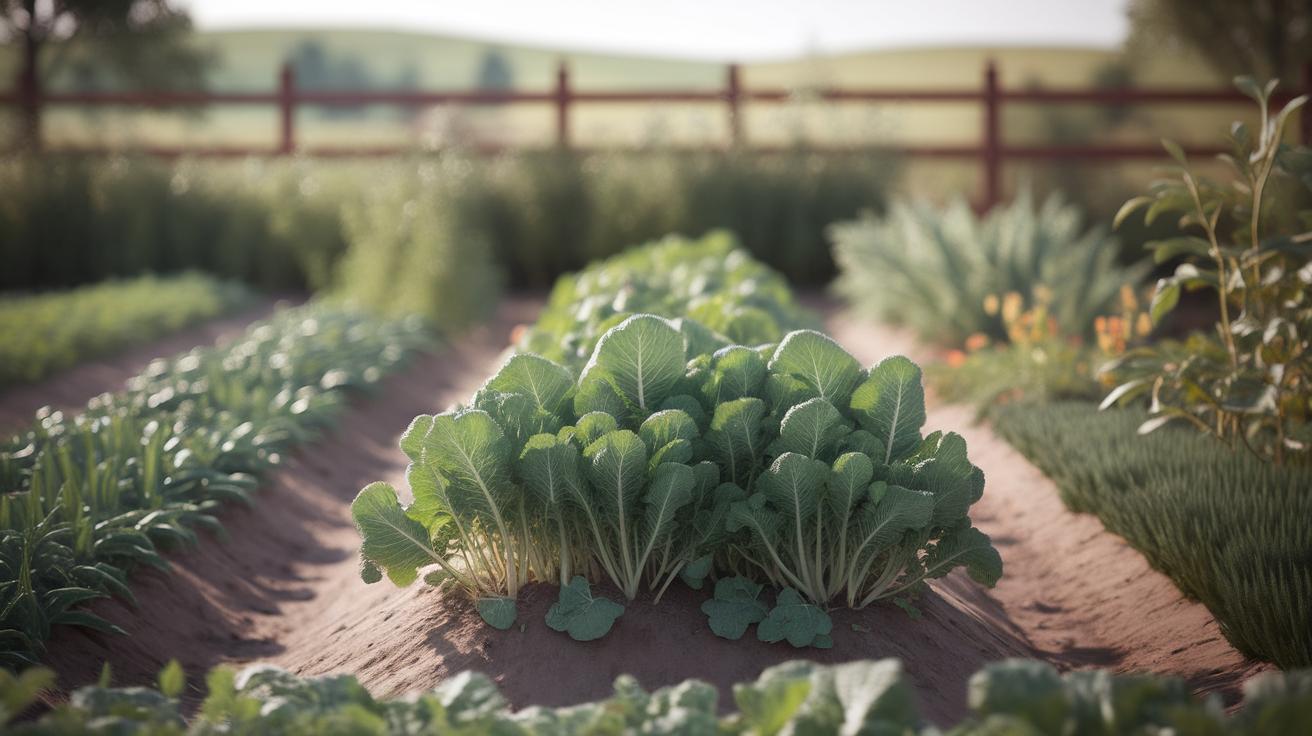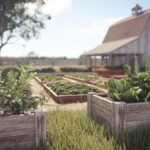Introduction
Gardening in a greenhouse offers unique opportunities to cultivate plants and vegetables throughout the year, regardless of external weather conditions. With innovative greenhouse ideas, gardeners can optimize growth by creating an ideal environment for various plant species. Utilizing creative designs and advanced technologies can lead to better yield, reduced environmental impact, and the ability to grow a wider range of crops beyond traditional growing seasons. This article explores various innovative techniques to enhance greenhouse performance and diversity of crops cultivated.
From temperature regulation to natural pest control and sustainable energy solutions, modern greenhouses are transforming agricultural practices. The use of eco-friendly materials and designs not only promotes climate-friendly gardening but also emphasizes the necessity to adapt to climate change. This article delves deep into architecture, innovative technologies, and essential gardening practices that challenge conventional cultivation methods and pave the way for a sustainable future in year-round gardening.
Understanding the Basics of Greenhouse Gardening

Greenhouse gardening refers to the practice of cultivating plants in a controlled environment, enabling year-round growth regardless of exterior weather conditions. A greenhouse is typically a structure made of transparent materials, such as glass or plastic, that allows sunlight to enter while trapping heat. Various types exist, including freestanding, lean-to, and hoop houses, each with distinct advantages to suit different gardening needs. Freestanding greenhouses offer flexibility in placement, while lean-tos utilize existing structures for space efficiency. Hoop houses are cost-effective alternatives for hobbyists.
The benefits of greenhouse gardening include the ability to extend growing seasons, protect plants from pest infestations, and manage environmental variables such as temperature and humidity. These advantages foster a sustainable agriculture approach by maximizing yield and minimizing resource waste. Thus, greenhouses serve as vital tools for both novice and experienced gardeners dedicated to sustainable practices.
Essential Elements for a Successful Greenhouse Temperature Control Lighting and Humidity Management

A thriving greenhouse environment relies on critical components that ensure optimal growing conditions. Temperature control is paramount; it fosters the right climate for plant health. Utilizing thermostats and heaters in colder months or employing ventilation systems in warmer periods can help maintain a stable temperature range. Techniques such as thermal mass, where materials absorb heat during the day and release it at night, further aid in this balance.
Lighting plays an equally important role, especially in winter months when sunlight is scarce. Employing LED grow lights tailored to specific plant needs can enhance photosynthesis and growth rates. Strategically positioning these lights can optimize energy use while delivering essential light wavelengths.
Managing humidity is crucial for preventing diseases and promoting plant health. Keeping humidity levels in check, typically between 40-70%, can be achieved through ventilation systems, dehumidifiers, or water trays. Monitoring equipment, such as hygrometers, will provide real-time data to make necessary adjustments. These essential elements combined are vital for year-round productivity in any greenhouse system.
Innovative Greenhouse Designs Explore CuttingEdge Designs for YearRound Growth

Maximizing Space and Energy Efficiency in Greenhouse Structures
Ingenious greenhouse designs are emerging to address the challenges of sustainable agriculture while enhancing year-round growth. One notable design is the vertical greenhouse, where plants are cultivated on multiple tiers. This approach not only maximizes space but also improves airflow and light distribution, leading to healthier plants. Orienting these structures to capture natural sunlight and incorporating reflective materials can significantly reduce the need for artificial lighting.
Beyond vertical farming, geodesic dome greenhouses are gaining popularity due to their aerodynamic shape, which promotes energy efficiency. The curved surface allows for better temperature regulation, thereby minimizing heating and cooling costs. Integrating hydroponic systems within these innovative designs aids in conserving water and nutrients while optimizing space for plant growth.
Adaptive Features for Diverse Climates
Smart technology is also revolutionizing greenhouse design. Automated shading systems adjust in real time based on sunlight intensity, reducing heat buildup and promoting optimal growing conditions. Additionally, including rainwater harvesting systems within the design can help create a self-sufficient watering strategy, particularly in arid regions. Sustainable practices can be integrated seamlessly into these designs, ensuring that energy consumption remains low while productivity stays high.
All these features contribute to creating adaptable, efficient structures that promote sustainable year-round agriculture. As these innovative designs continue to evolve, the potential for increased food security and environmental stewardship becomes more attainable.
Sustainable Energy Solutions for Greenhouses

Harnessing Renewable Resources
Opting for solar panels represents one of the most promising sustainable energy solutions for greenhouse operations. By capturing sunlight, solar energy significantly reduces reliance on non-renewable sources while maintaining optimal temperature control. Integration of thermal mass materials, such as stones or water tanks, capitalizes on heat retention by storing solar energy during the day and releasing it at night, ensuring consistent growing conditions without additional energy input.
Energy-Efficient Heating and Cooling
Implementing geothermal heating systems can substantially lower the carbon footprint of greenhouses. This technique involves utilizing the earth’s stable underground temperature to either heat or cool the structure, leading to lower operational costs. Additionally, effective ventilation strategies, including natural airflow systems or energy-efficient fans, help reduce the energy required for climate regulation. These methods not only optimize the growth environment but also contribute to a more sustainable agricultural model.
Soil Management and Fertilization in YearRound Greenhouse Gardening

Organic Practices for Optimal Soil Health
Effective soil management in greenhouse gardening lays the foundation for healthy plant growth and sustainable agriculture. Relying on organic practices ensures that soil retains its fertility without the need for synthetic fertilizers. Regularly testing soil pH and nutrient levels helps in understanding its composition, allowing for tailored amendments. Incorporating organic matter such as compost and well-rotted manure enriches the soil with nutrients and beneficial microorganisms, enhancing its structure and water retention capacity.
Crop Rotation and Cover Cropping
Implementing crop rotation within greenhouse systems minimizes soil depletion and controls pests naturally. Each plant has unique nutrient requirements; rotating crops helps restore balance. Additionally, employing cover crops during off-seasons protects soil from erosion and nutrient leaching, while also fixing nitrogen levels. This continuous nourishment cycle promotes a thriving ecosystem within the greenhouse, optimizing year-round productivity while ensuring the long-term health of the soil.
Pest Control Strategies in Greenhouses Integrated Methods for Sustainable Agriculture
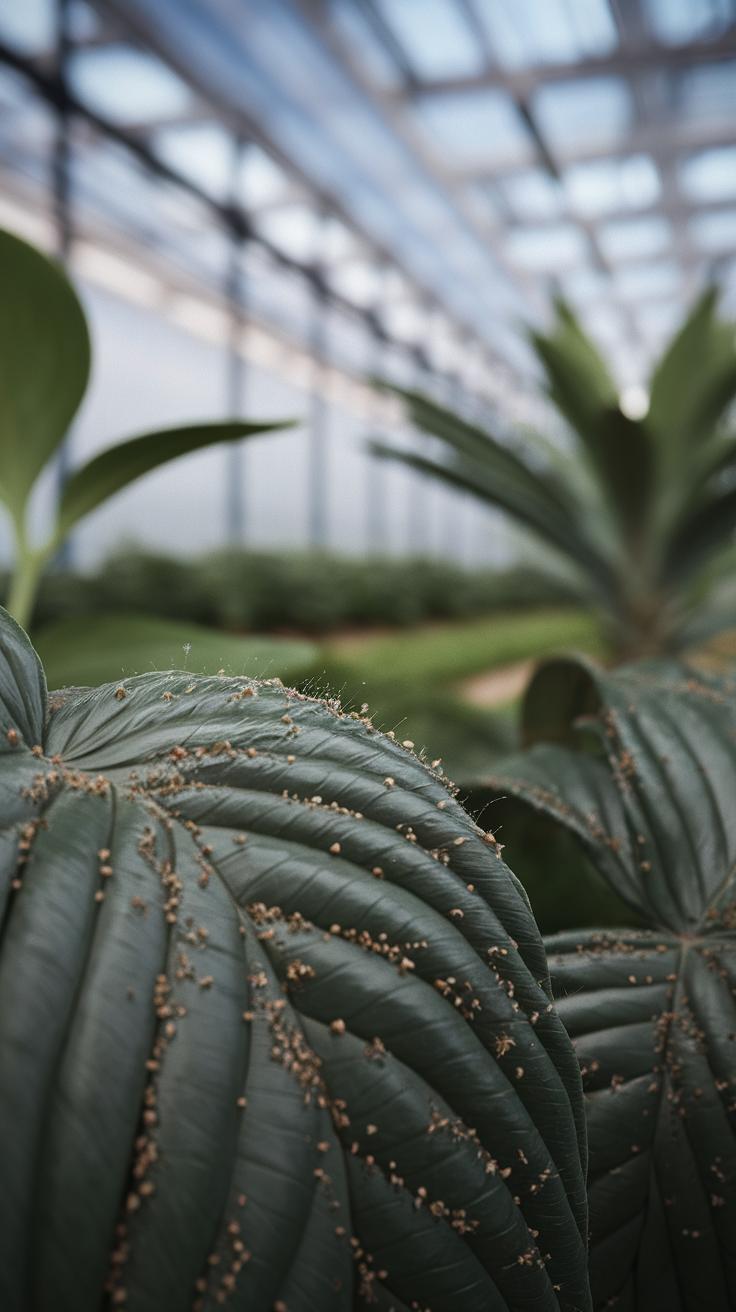
Effective Integrated Pest Management Techniques
Pest control in greenhouses demands a strategic approach, combining various methods for optimal results. Integrated Pest Management (IPM) serves as a cornerstone, emphasizing prevention and monitoring. Regular inspections help identify pest outbreaks early, reducing the need for extensive chemical interventions. Cultural practices, such as maintaining plant diversity and implementing crop rotation within the greenhouse, can disrupt pest life cycles. Natural predators, like ladybugs and lacewings, can also be introduced to manage pest populations biologically, creating a balanced ecosystem.
Organic Pest Control Approaches
Organic methods enhance sustainability, making them suitable for environmentally conscious greenhouse growers. Utilizing neem oil and insecticidal soaps targets specific pests without harming beneficial insects. Additionally, implementing barriers such as insect netting can physically prevent pests from accessing crops. Companion planting pairs pest-attracting plants with those that repel unwanted visitors, fostering natural resistance. Regularly applying compost tea can bolster plant health, making them less susceptible to infestations. These strategies not only contribute to long-term pest management but also align with the green ethos central to sustainable agriculture.
Water Management in Greenhouses Techniques for Sustainable Growth
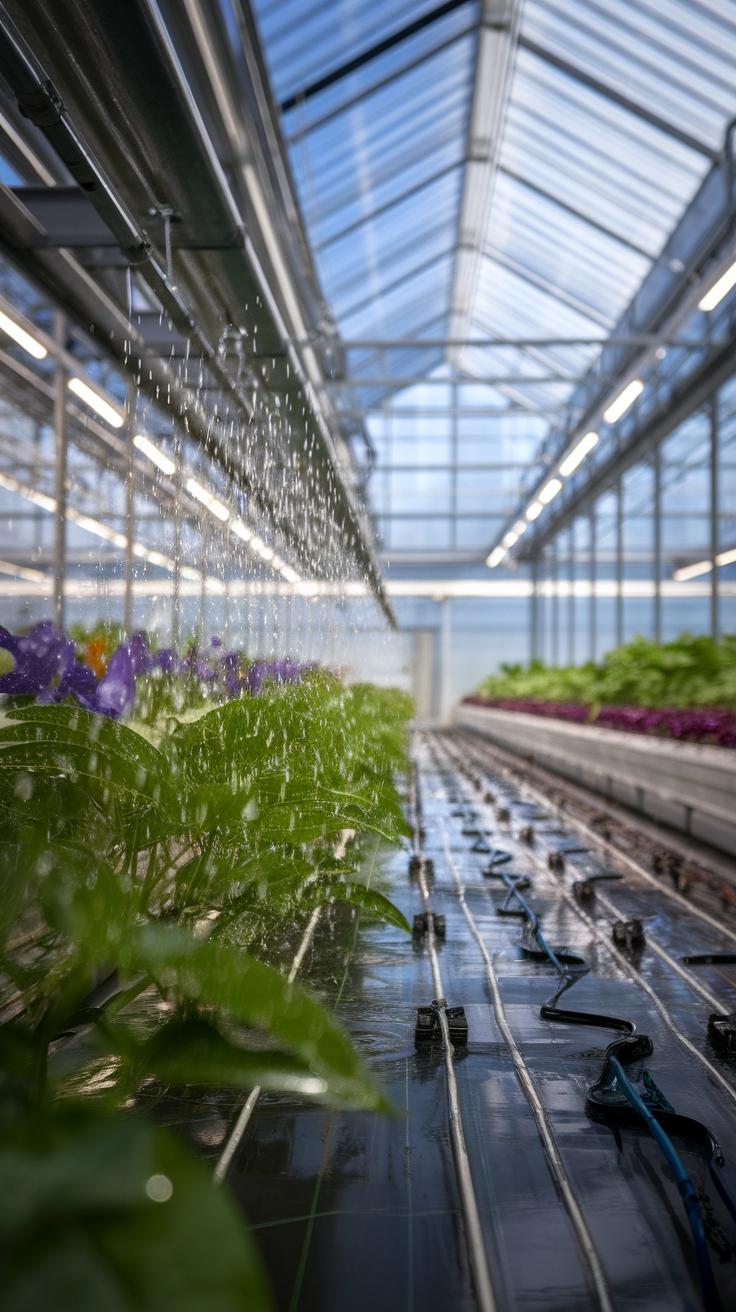
Effective Water Management Practices
Implementing efficient water management practices within greenhouses is vital to ensure optimal plant growth and sustainability. Techniques like drip irrigation are paramount, delivering precise amounts of water directly to plant roots, minimizing wastage and promoting healthy growth. Utilizing rainwater harvesting systems can complement this strategy, allowing for cost-effective and environmentally friendly water sourcing.
Innovative Approaches to Water Conservation
Integrating soil moisture sensors helps maintain an ideal moisture level, allowing for automated irrigation that adjusts according to plant needs and reducing unnecessary water usage. Collecting condensation from greenhouse structures offers another resource-efficient method for irrigation. By adopting these innovative techniques, greenhouse operators can enhance plant health while actively contributing to water conservation efforts in sustainable agriculture.
Technology and Automation in Greenhouses Advancements for YearRound Growth

Smart Systems Enhancing Plant Cultivation
Modern greenhouses are increasingly integrating technology and automation to optimize plant cultivation processes. Automated systems can manage temperature, humidity, and light levels, ensuring ideal conditions for different plant species throughout the year. Advanced sensors monitor environmental variables, while climate control systems adjust settings in real-time, promoting healthy growth. Such automation reduces labor costs and minimizes the potential for human error, allowing cultivators to focus on enhancing plant health and productivity.
Maximizing Efficiency through Data Analytics
Data analytics has transformed greenhouse management by providing insights into plant performance and resource usage. Analyzing plant growth patterns and nutrient uptake enables growers to fine-tune their practices for better outcomes. Robotics and AI-driven systems can assist in monitoring crop health, identifying pests, and optimizing nutrient delivery, leading to healthier plants and increased yields. By embracing technology and automation, greenhouse owners can significantly enhance sustainability, ultimately contributing to more efficient food production in an ever-demanding market.
Future Trends in Greenhouse Gardening Emerging Innovations in Year Round Growth

Emerging Materials Transforming Greenhouse Design
The future of greenhouse gardening is witnessing a paradigm shift through the use of innovative materials. Transparent photovoltaic films, for instance, integrate solar energy collection with light transmission, allowing for multifunctional structures that provide both energy and nurturing environments. These materials not only enhance sustainability but also decrease reliance on conventional power sources. Biodegradable plastics are gaining traction as well, offering compostable alternatives that minimize waste and ensure a healthier ecosystem. Additionally, aerogel panels deliver outstanding insulation performance, optimizing temperature control while reducing heating costs significantly. As these materials evolve, they promise to redefine the very structures in which we cultivate our plants, paving the way for more resilient agricultural practices.
Creative Growing Techniques for Sustainable Practices
Innovative growing techniques are emerging as cornerstone strategies in greenhouse gardening. Vertical farming, utilizing space-efficient designs, maximizes crop yields within limited areas, addressing urbanization challenges. Hydroponics and aquaponics systems continue to gain popularity, allowing for soil-less cultivation that conserves water and reduces pest-related issues. The introduction of smart soil technology, which monitors nutrient levels and moisture, promotes optimal plant growth while minimizing resource waste. Companion planting strategies within these spaces foster biodiversity, encouraging beneficial insect activity and improving overall crop health. These developing techniques not only align with sustainable principles but also optimize productivity, ensuring that greenhouse cultivation can remain viable year-round, despite climatic challenges.
Conclusions
Innovative greenhouse ideas are reshaping how we approach gardening and horticulture, especially in the context of climate change and resource management. By integrating advanced techniques and eco-friendly practices, gardeners can achieve optimal growth in plants, ensuring a sustainable supply of produce throughout the year. Embracing new concepts such as hydroponics, vertical gardening, and smart greenhouse technologies not only promotes efficiency but also encourages environmentally-responsible gardening.
As we reflect on the potential and importance of greenhouses, it becomes clear that adopting these innovative ideas can significantly impact both individual gardeners and the broader agricultural landscape. By continuing to explore and implement the latest advancements in greenhouse technology and sustainable practices, the future of gardening can indeed flourish, promising vibrant ecosystems and resilient food sources for generations to come.



